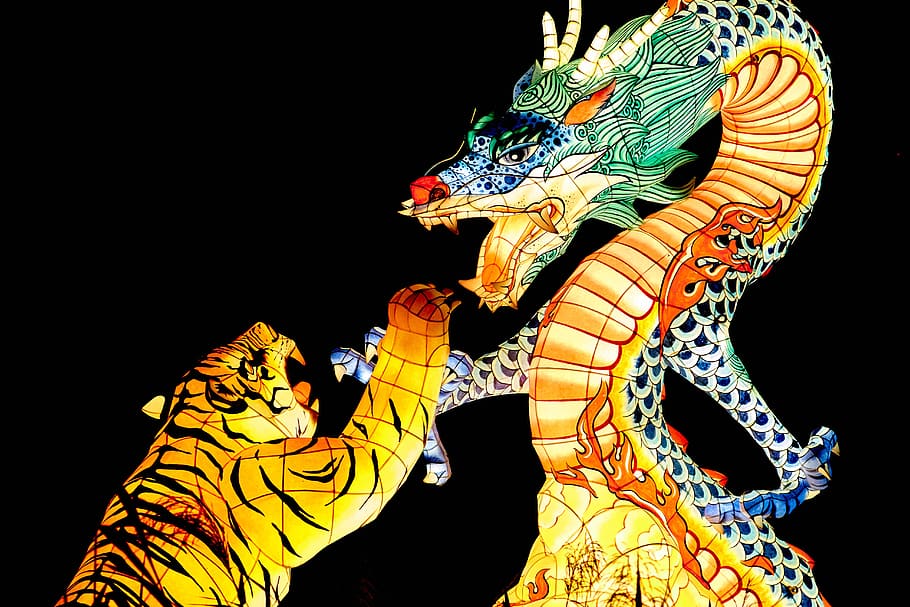List of patterns
| Number of attacs: | 11 |
| Number of hand attacs: | 11 |
| Number of foot attacs: | 0 |
| Number of blocks: | 8 |
| Number of hand blocks: | 8 |
| Number of foot blocks: | 0 |
| Number of ready stances: | 0 |
|
Diagram: |

|
New techniques
| 1. |
niundža so an pchalmok kaunde jop makki
niunja so an palmok kaunde yop makgi
ㄴ자서안팔목가운데옆막기
L stance while executing a middle side block with the inner forearm
|
List of techniques
Ready posture: naranhi čunbi sogi narani junbi sogi 나란히준비서기 parallel ready stance
| 1. |
konnun so pchalmok nadžunde makki
gunnun so palmok najunde makgi
걷는서팔목낮은데막기
walking stance while executing a low block with the forearm
|
| 2. |
konnun so ap čirugi
gunnun so ap jirugi
걷는서앞지르기
walking stance while executing a front punch
|
| 3. |
konnun so pchalmok nadžunde makki
gunnun so palmok najunde makgi
걷는서팔목낮은데막기
walking stance while executing a low block with the forearm
|
| 4. |
konnun so ap čirugi
gunnun so ap jirugi
걷는서앞지르기
walking stance while executing a front punch
|
| 5. |
konnun so pchalmok nadžunde makki
gunnun so palmok najunde makgi
걷는서팔목낮은데막기
walking stance while executing a low block with the forearm
|
| 6. |
konnun so ap čirugi
gunnun so ap jirugi
걷는서앞지르기
walking stance while executing a front punch
|
| 7. |
konnun so pchalmok nadžunde makki
gunnun so palmok najunde makgi
걷는서팔목낮은데막기
walking stance while executing a low block with the forearm
|
| 8. |
konnun so ap čirugi
gunnun so ap jirugi
걷는서앞지르기
walking stance while executing a front punch
|
| 9. |
niundža so an pchalmok kaunde jop makki
niunja so an palmok kaunde yop makgi
ㄴ자서안팔목가운데옆막기
L stance while executing a middle side block with the inner forearm
|
| 10. |
konnun so ap čirugi
gunnun so ap jirugi
걷는서앞지르기
walking stance while executing a front punch
|
| 11. |
niundža so an pchalmok kaunde jop makki
niunja so an palmok kaunde yop makgi
ㄴ자서안팔목가운데옆막기
L stance while executing a middle side block with the inner forearm
|
| 12. |
konnun so ap čirugi
gunnun so ap jirugi
걷는서앞지르기
walking stance while executing a front punch
|
| 13. |
niundža so an pchalmok kaunde jop makki
niunja so an palmok kaunde yop makgi
ㄴ자서안팔목가운데옆막기
L stance while executing a middle side block with the inner forearm
|
| 14. |
konnun so ap čirugi
gunnun so ap jirugi
걷는서앞지르기
walking stance while executing a front punch
|
| 15. |
niundža so an pchalmok kaunde jop makki
niunja so an palmok kaunde yop makgi
ㄴ자서안팔목가운데옆막기
L stance while executing a middle side block with the inner forearm
|
| 16. |
konnun so ap čirugi
gunnun so ap jirugi
걷는서앞지르기
walking stance while executing a front punch
|
| 17. |
konnun so ap čirugi
gunnun so ap jirugi
걷는서앞지르기
walking stance while executing a front punch
|
| 18. |
konnun so ap čirugi
gunnun so ap jirugi
걷는서앞지르기
walking stance while executing a front punch
|
| 19. |
konnun so ap čirugi
gunnun so ap jirugi
걷는서앞지르기
walking stance while executing a front punch
|
Ready posture: naranhi čunbi sogi narani junbi sogi 나란히준비서기 parallel ready stance
Interpretation
Chon-ji means literally "the Heaven the Earth". It is, in the Orient, interpreted as the creation of the world or the beginning of human history, therefore, it is the initial pattern played by the beginner. This pattern consists of two similar parts; one to represent the Heaven and the other the Earth.

The diagram of Chon-ji is a cross that points almost evenly in all four directions, respectively to all five, because in Asia the "center" is one of the directions. It symbolizes in the east the widely used theory of the five elements, which can be found in virtually every philosophical direction in the Orient. There are 5 basic elements in this theory that make up the world - water, fire, wood, metal, earth - each element is assigned to a direction - north, south, east, west, center, and each element binds to other things (organs, seasons, planets, ...) depending on the discipline in which this theory is used (Chinese medicine, taichi, ...). In Korea, each direction is associated with a particular color and animal representing protective gods (black turtle, red phoenix, blue dragon, white tiger, golden dragon).
In Chonji we begin in the middle of the diagram because the center is connected to the earth, whose creation symbolizes the pattern.
Pattern is practised by the 9. Gup holder and above.